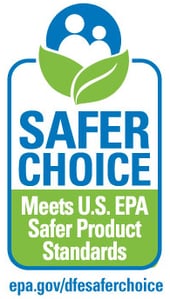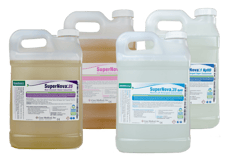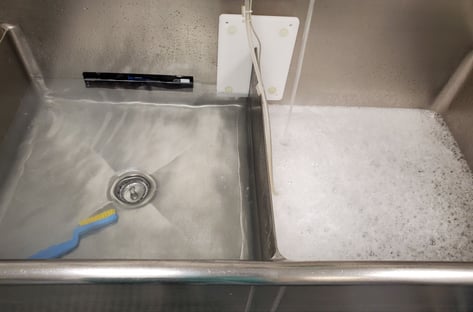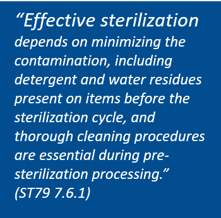 Cleaning is the critical first step that can make or break the efficacy of instrument reprocessing. Yet, we’re reminded again and again of the ways cleaning can go off the rails. Today we’re sharing a true story of the SPD, with a side-by-side comparison that demonstrates the concept of “Caveat emptor,” also known as “Let the buyer beware.”
Cleaning is the critical first step that can make or break the efficacy of instrument reprocessing. Yet, we’re reminded again and again of the ways cleaning can go off the rails. Today we’re sharing a true story of the SPD, with a side-by-side comparison that demonstrates the concept of “Caveat emptor,” also known as “Let the buyer beware.”
The case of the murky detergent
One of our Case Medical Representatives recently visited a great sterile processing department to demonstrate the effectiveness of some SuperNova® Instrument Chemistries. Nothing beats a side-by-side comparison, so two sinks were filled with water and the proper amount of detergent for a soak test.
As the sinks began to fill, it was immediately apparent that the two products were not behaving the same way. The basin with SuperNova Detergent (below, left) was crystal clear, while the second basin (below, right) was filling with suds, rising up to 4 inches above the water level!
Reference the standard
 The reason this foam is so concerning is three-fold.
The reason this foam is so concerning is three-fold.
Second, foam can cause problems with automatic washers and pump systems.
And third, excess foam can lead to residue if rinsing time is too short or if the water quality is below standard.
AAMI ST79 defines an ideal cleaning agent in section 7.6.3. The cleaning agent should
-
 be compatible with the medical device or container system to be cleaned as well as with the materials used in the cleaning equipment itself;
be compatible with the medical device or container system to be cleaned as well as with the materials used in the cleaning equipment itself;- be efficacious on the types of clinical soil typically found on medical instruments after clinical use;
- be nonabrasive;
- be low-foaming;
- be free-rinsing (i.e., easily removed from the medical device);
- be biodegradable;
- rapidly dissolve/disperse soil;
- be nontoxic; and
- have a shelf life and use-life consistent with the anticipated clinical use.
If the detergent in your SPD is not low-foaming, take a look at the longer definition of caveat emptor: it is the principle that the buyer alone is responsible for checking the quality and suitability of goods before a purchase is made.
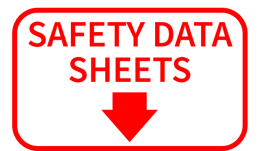 Prevention is the best protection
Prevention is the best protection
When assessing any chemical for use in your department, check it against the AAMI list of characteristics of an ideal cleaning agent. Review the SDS—get it from the vendor or track it down online—to understand the pH level and any risks to staff and the environment.
Our customers sometimes discover they’ve received incorrect information when depending on verbal assurances from sales reps. Sometimes cleaners cannot be released into the wastewater system. Other times, personnel in decontamination experience skin reactions or headaches triggered by harsh ingredients or unnecessary fragrances and dyes.
